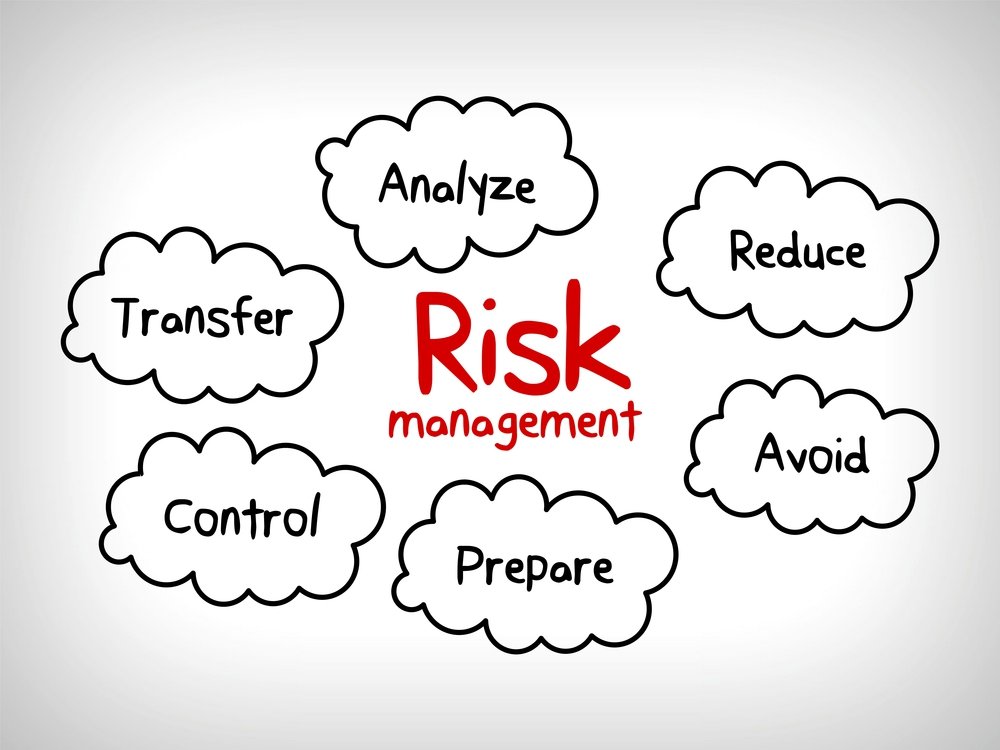How the Importance of Risk Management Shapes Strong Leadership
How the Importance of Risk Management Shapes Strong Leadership
Blog Article
The Essential Relevance of Risk Management in Getting Business Goals
In the rapidly evolving organization landscape, the capacity to navigate unpredictability has ended up being an imperative. This is where Risk Management actions in, offering an organized strategy to identifying, assessing, and mitigating prospective barricades to advance. It's more than just a protective measure - it's a strategic device, fostering strength and technology. As we discover the vital role of Risk Management in attaining organizational goals, one can not ask yourself yet assist: just how does this equate into real-world success?
Understanding the Idea of Risk Management in Service

The Essential Role of Risk Management in Strategic Planning
Incorporating Risk Management into tactical planning functions as a guard for companies, securing their long-lasting strategies with a solid foundation of readiness and durability. It runs as the company's radar, identifying prospective risks and vulnerabilities that might interrupt the course in the direction of achieving their specified objectives. Risk Management supplies a framework for preparing for unpredictabilities and devising suitable reactions, guaranteeing the organization's survival and success even in the face of difficulty. By incorporating Risk Management right into calculated preparation, companies can transform these uncertainties into possibilities for growth and technology. This tactical interweaving of Risk Management promotes flexibility, making organizations a lot more robust and allowing them to navigate the ever-changing organization landscape confidently. Risk Management comes to be a crucial tool in strategic preparation, critical in securing lasting success.

Strategies for Identifying, Assessing, and Focusing On Dangers
The procedure begins with Risk recognition, employing tools such as SWOT analysis, which aids in identifying prospective risks and chances. Next off, Risk analysis is performed to determine the potential impact and possibility of each Risk. Risks are prioritized based on their potential impact and probability, allowing companies to concentrate their sources on critical dangers.
Guarding Business Workflow With Efficient Risk Management
In business landscape fraught with unpredictabilities, effective Risk Management plays a pivotal function in securing organizational procedures. It functions as a safety guard, mitigating the negative effects of prospective threats and making sure the smooth performance of all processes. By determining and evaluating prospective risks, Risk Management allows organizations to establish durable backup plans. This preventive strategy aids in maintaining functional stability, even when challenged with unforeseen circumstances. In significance, Risk Management is the lifeline that keeps the business procedures afloat among additional hints stormy waters. It makes Recommended Site sure not only the survival but the lasting growth of a company, making it an indispensable device in accomplishing company purposes. Organizations must invest in comprehensive Risk Management strategies to safeguard their procedures.

Converting Possible Dangers to Opportunities: The Power of Risk Management
A positive method to run the risk of Management includes determining, examining, and prioritizing threats to devise methods that transform them into potential find out benefits. Therefore, by leveraging the power of Risk Management, companies can not just safeguard their operations but also stimulate growth and accomplish their objectives in an uncertain organization atmosphere.
Case Studies: Success Stories of Risk Management Driving Organization Objectives
Effective execution of Risk Management strategies has generated remarkable lead to different organizations, emphasizing the qualities of this approach. Multinational firms like Microsoft and Google, as an example, have actually leveraged Risk Management to decrease dangers and make use of chances, driving their business purposes onward. Microsoft's positive Risk Management method helped it pivot promptly throughout the 2020 pandemic, transitioning to remote work efficiently, consequently preserving efficiency. Google, by evaluating and reducing potential threats in its cloud-based services, has actually made sure nonstop service, therefore enhancing consumer trust fund. These instances highlight exactly how successful Risk Management can not just steer businesses free from prospective challenges however also assist them in the direction of their strategic objectives. Hence, Risk Management is indispensable to the quest of organizational objectives.
Conclusion
In conclusion, Risk Management is fundamentally critical in attaining business objectives. By integrating Risk Management right into calculated planning, organizations can better browse unpredictabilities, protect operations, and capitalise on chances, thereby aligning with long-lasting objectives.
At its core, Risk Management is the process of determining, evaluating, and addressing potential hazards that could adversely affect a company's operations or purposes. Next off, Risk assessment is carried out to establish the possible effect and probability of each Risk. Threats are focused on based on their prospective effect and chance, enabling companies to focus their resources on high-priority threats. By identifying and examining possible hazards, Risk Management allows organizations to develop robust backup strategies. A positive approach to take the chance of Management entails identifying, analyzing, and prioritizing threats to develop methods that transform them into possible benefits.
Report this page